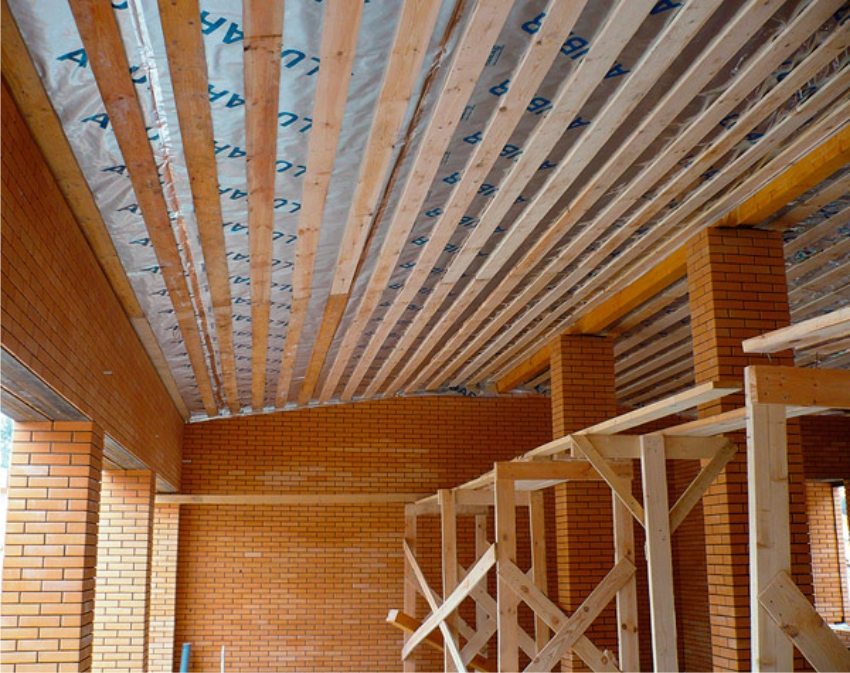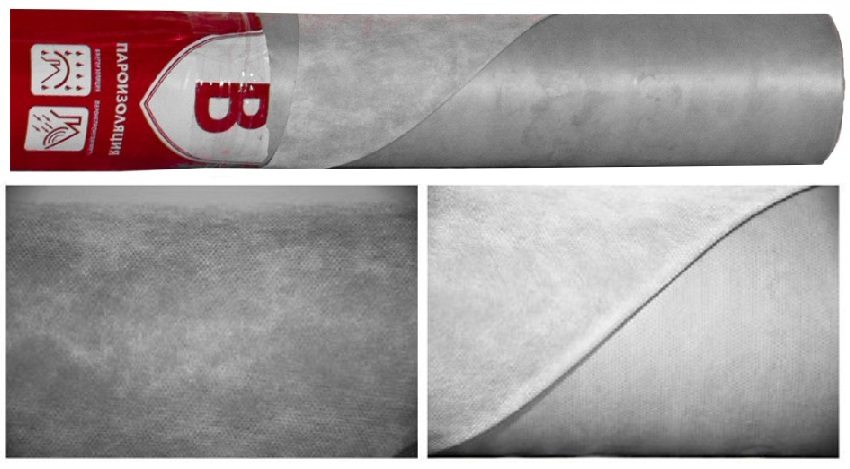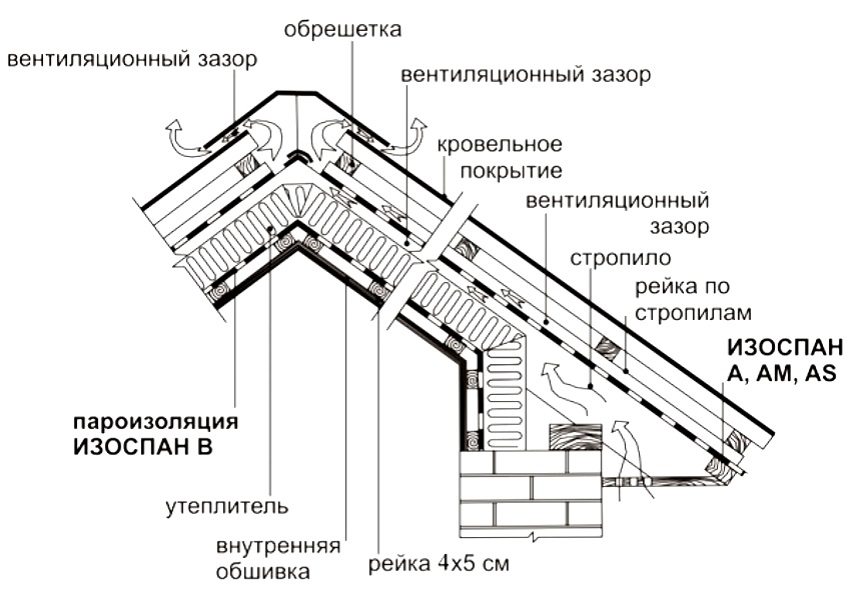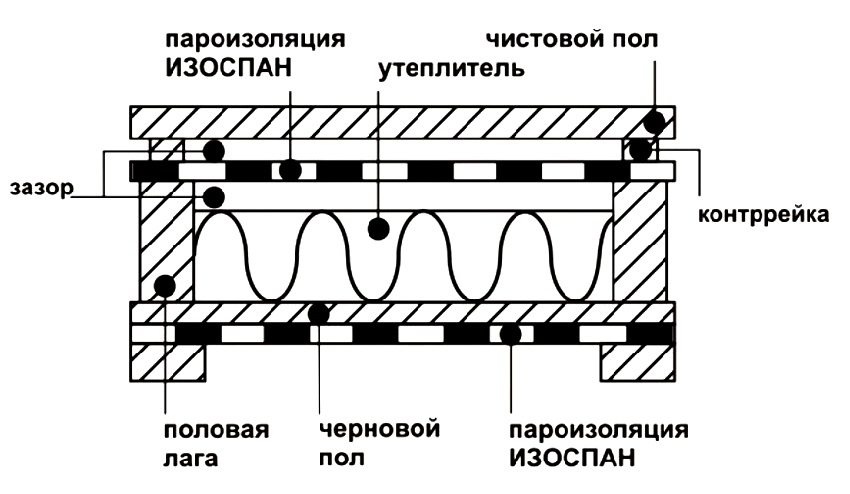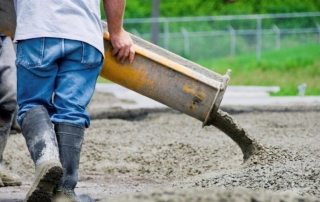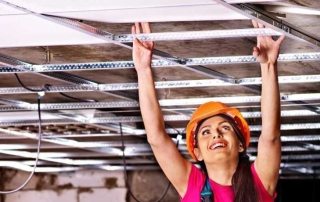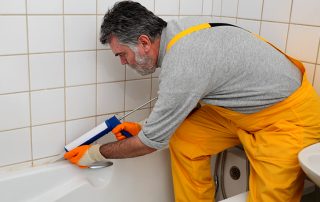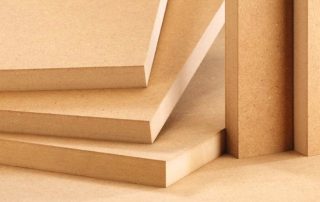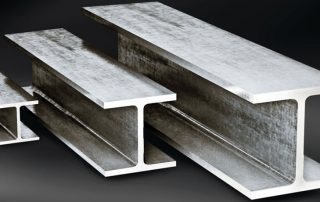In order to make modern home insulation, you will definitely need instructions for using Izospan B. The latest energy-efficient technologies involve not only covering the walls and floors of a building with heat-insulating materials, but also creating a vapor barrier between the insulation and the interior of the room. The role of this layer is played by various polymer films, including Izospan V. Which side to put it on the insulation and other rules for installing a vapor barrier can be found out by continuing to read on.
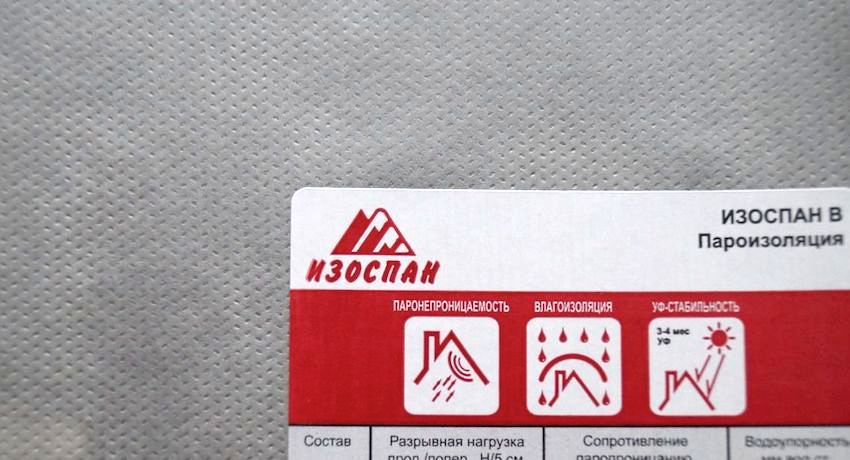
Polymer films for vapor barrier create a protective buffer between the insulation and the interior of the room
Content [Hide]
Basic information about Izospan
The name of the material comes from the name of the company that produces it. It means several polymer films that are completely different in properties and purpose. All products of this brand are usually divided into three main groups:
- Izospan A membranes protecting against water and wind. They are widely used in roofing and facade works as protection of the elements of the roof structure, as well as the interior ventilated facades from precipitation. In this case, the film is able to pass steam through itself, bringing it out. This property of such membranes prevents moisture from forming condensation on the insulation or parts of the roof truss system. Some varieties are flame retardant. Average vapor permeability is determined around 3500 g / m² per day. It must be said right away that the material cannot be used on a roof with an angle of inclination less than 35 ° C. Mandatory requirement - installation should be carried out only in normal weather;
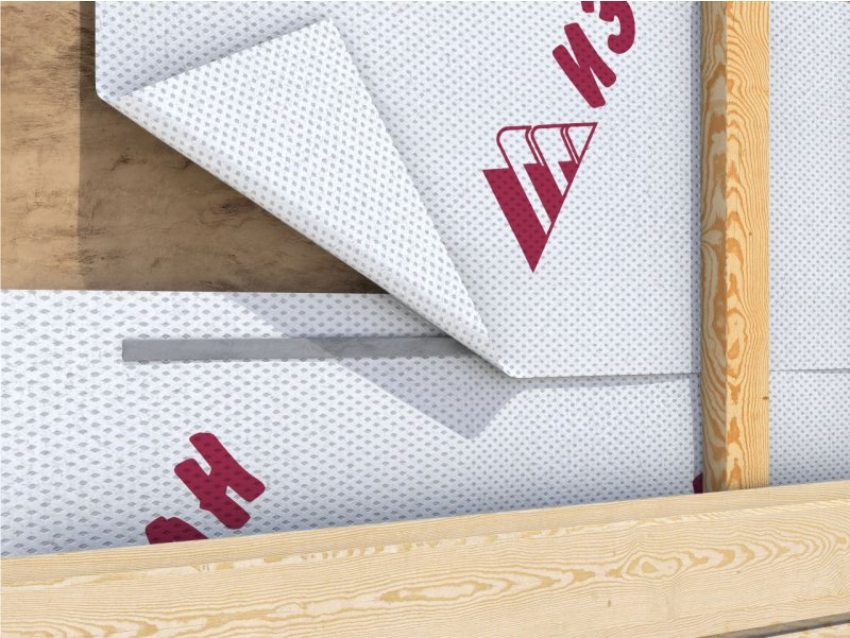
The purpose of Izospan B is to prevent steam from entering the heat-insulating layer from the room and form condensation there.
- Films that do not allow water and steam to pass through belong to the Izospan B line. Unlike its counterpart, it is mounted indoors. After all, its task is not to allow steam to penetrate from the room into the heat-insulating layer and form condensation there. Insulation plates covered with such a membrane always remain dry, which protects them from the formation of mold and fungal colonies. Instructions for use Izospan B will be described in more detail;
- Izospan S is designed not only to protect the insulation layer from wind, high humidity and steam, but also to create an additional insulation effect due to a special coating that can reflect infrared rays. This greatly reduces the energy consumption of the home, creating good savings in heating costs. It has a two-layer structure. One layer is always smooth, and the other rough, which keeps condensation better. The material is very waterproof, over 1000 mm. water. Art.Its vapor penetration resistance is 7.0 Pa / mg.
Technical characteristics of Izospan films:
| IZOSPAN vapor permeable membranes | |||||
| Brand | Density, g / m2 | Structure | Breaking load longitudinal / transverse, N / 5cm | Water vapor permeability, g / m2 / day, not less | Water resistance, mm.water column, not less |
| A | 110 | 100% pp | 177/129 | 1000 | 250 |
| AM | 90 | 110/90 | 850 | 880 | |
| AS | 115 | 165/120 | 1000 | 1000 | |
| Steam waterproofing IZOSPAN | |||||
| Brand | Density, g / m2 | Structure | Breaking load longitudinal / transverse, N / 5cm | Resistance to vapor permeation, m2 hPa / mg, not less | Water resistance, mm.water column, not less |
| B | 70 | 100% pp | 128/104 | 7 | 1000 |
| C | 90 | 197/119 | |||
| D | 105 | 1068/890 | |||
| DM | 105 | 560/510 | |||
| Reflective vapor-waterproofing IZOSPAN | |||||
| Brand | Density, g / m2 | Thermal reflection,% | Breaking load longitudinal / transverse, N / 5cm | Resistance to vapor permeation, m2 hPa / mg, not less | Water resistance, mm.water column, not less |
| FB | 132 | 90 | 330/310 | vapor-tight | waterproof |
| FD | 800/700 | ||||
| DS | 92 | 120/80 | |||
| Brand | Thickness, mm | Thermal reflection,% | Breaking load longitudinal / transverse, N / 5cm | Resistance to vapor permeation, m2 hPa / mg, not less | Water resistance, mm.water column, not less |
| Fx | 2-5 | 90 | 176/207 | vapor-tight | waterproof |
Useful advice! The instruction for use of Izospan B assumes that if the film breaks against any sharp objects, it can and should be repaired. For this, the place of damage is glued with a special adhesive film.
All of the listed varieties, with their differences, have a number of positive, common qualities for them:
- they are easy to install and are delivered in roll form;
- are not afraid of ultraviolet radiation;
- do not allow moisture to pass through;
- their cost is quite suitable for everyone who is engaged in the construction or insulation of their homes.
Next, we will consider in detail the instructions for the use of Izospan B and its technical and quality characteristics, since it is this type of membrane that is in greatest demand, due to a very successful combination of consumer properties and price.
Technical characteristics of Izospan B vapor barrier
This type includes two-layer vapor barrier membranes that can not only hold back moisture, but also prevent steam from penetrating through them. They are 100% polypropylene. These films are produced in rolls with a width of 160 cm. One roll can cover a surface of 70 m². The density of the film is 70 g / m². These membranes are quite strong, since their tensile load along the fibers is 128 N / cm, and across the grain is 104 N / cm.
Vapor permeability indicators are very low and are around 22.4 g / m² / day. Water resistance - 1000 mm. water. Art., which is enough. UV resistance is observed after 4 months of continuous exposure. The technical characteristics of Izospan B vapor barrier allow it to be used in a wide temperature range, which is from -60 to 80 ° C.
Instructions for use Izospan B
Before using this material for vapor barrier purposes, you must familiarize yourself with some of the requirements for its installation:
- when covering insulation, mounted on vertical or inclined surfaces, work must be carried out from top to bottom. The strips of material are fixed horizontally with an overlap of 15 cm. A special adhesive film allows you to isolate the joints;
- which side to the insulation Izospan B is put, not everyone knows. Meanwhile, this is very critical, since improper styling completely negates the effect of using this material. It must be remembered that the smooth side is always placed on the insulation, and the rough side is directed into the room;
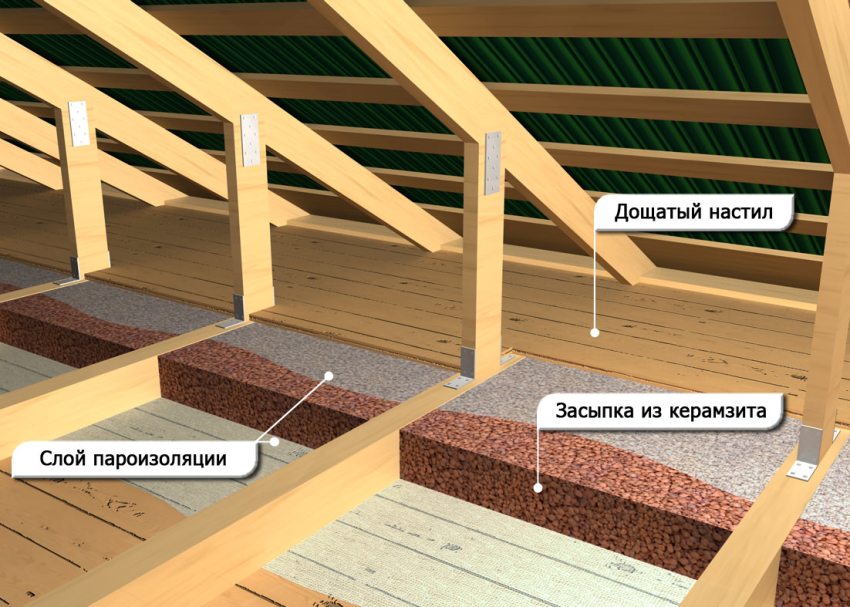
Diagram of the correct use of the film for vapor barrier in the process floor insulation using expanded clay
- fix the membrane to the surface to be protected using wooden blocks, clamping strips and a construction stapler.
Since this vapor barrier material has a wide range of applications, we will consider the features of installation on several types of surfaces. When creating a vapor barrier in the attic, the membrane can be attached to the rafters in two ways.
Related article:
Roofing materials: types and properties, characteristics. Description of the most common roofing materials of various types and types. Application and installation features.
In the first case, the film is fixed using bars with a cross section of no more than 5 cm over the rafter legs. In this case, the sheets of insulation remain inside. They should not be thicker than the rafters themselves.
In the second case, the film is attached from the sides of the rafter legs, bending around them, also with bars. The final finishing of the ceiling is done over the vapor barrier. It is worth remembering which side of the Izospan B insulation is placed.
If vapor barrier the roof of the attic is subject to even before it is finally covered with roofing material, it is more convenient to make a crate of slats on the lower plane of the rafters for the installation of fine finishing. Lay the membrane on it with the smooth side up, fix it with a stapler, then put mats of insulating material between the rafters.
Instructions for use Izospan B indoors goes well with the technique of installing insulation along the guide profiles. Instead of metal profiles, wooden beams with a thickness equal to or slightly greater than the thickness of the insulation can be used. The profile is attached to the walls vertically, so that the distance between two adjacent slats is equal to the width of the insulation plates.
Plates are inserted between the profiles and fixed to the wall. The membrane itself is fixed already on top of the slabs on these guide profiles or wooden blocks. The canvases of the material are fastened horizontally with an overlap of 15 cm. After that, the wall is closed with plasterboard or other sheet material.
Useful advice! When vapor barrier on wooden walls, they must be treated with an antiseptic and insect repellent. This will give an additional guarantee of the quality of the work performed.
Izospan D: instructions for use
In addition to the classic three types of Izospan, now other variants have appeared on the market, which have some additional properties. So, for example, the high strength and low thermal conductivity of Izospan D make it possible to use this membrane for waterproofing flat roofs and even concrete floors. It is able to withstand much greater loads than its predecessors.
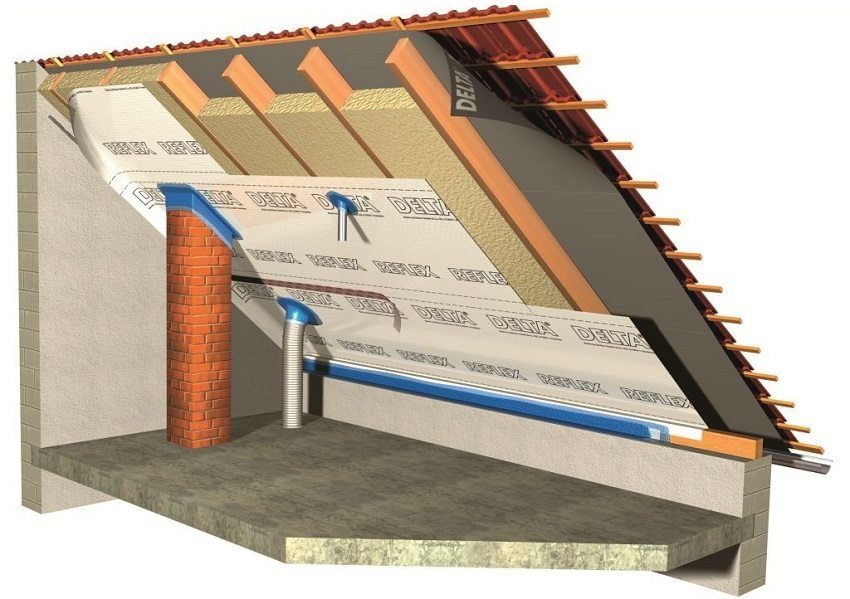
Care should be taken to ensure the tightness of the seams near the exit points of communications to the roof and at the junction of the vapor barrier sheets
The instruction for the use of Izospan D in this case is very simple. The sheets are rolled out on a flat roof surface and overlapped by 150-200 mm. The edges are connected with Izospan SL tape. Heat insulation is laid on top and a roof is built. For waterproofing the floor, the material is laid on a concrete base so that at least 10 cm is folded onto the walls. The joints are glued with the same tape. A concrete screed is poured over the waterproofing to level the surface on which the topcoat is already laid.
The main point is for Izospan D and Izospan B which side to put them to the insulation. Incorrect styling can be worth the time and money wasted. Therefore, it is necessary to strictly follow the proposed instructions.
